Discover the wonders of smart home technology and how it is transforming our lives. Learn what smart home technology is, its benefits, and how it works.
Embracing the Future
Living in the 21st century has its perks, and one of the most exciting developments is the emergence of smart home technology. With each passing day, technology is making leaps and bounds, revolutionizing the way we live and interact with our surroundings. Smart home technology, in particular, has gained immense popularity, transforming traditional houses into futuristic, intelligent abodes. In this article, we will delve into the realm of smart home technology, exploring its definition, functionalities, benefits, and answering frequently asked questions. So, fasten your seatbelts, and let’s embark on this thrilling journey!
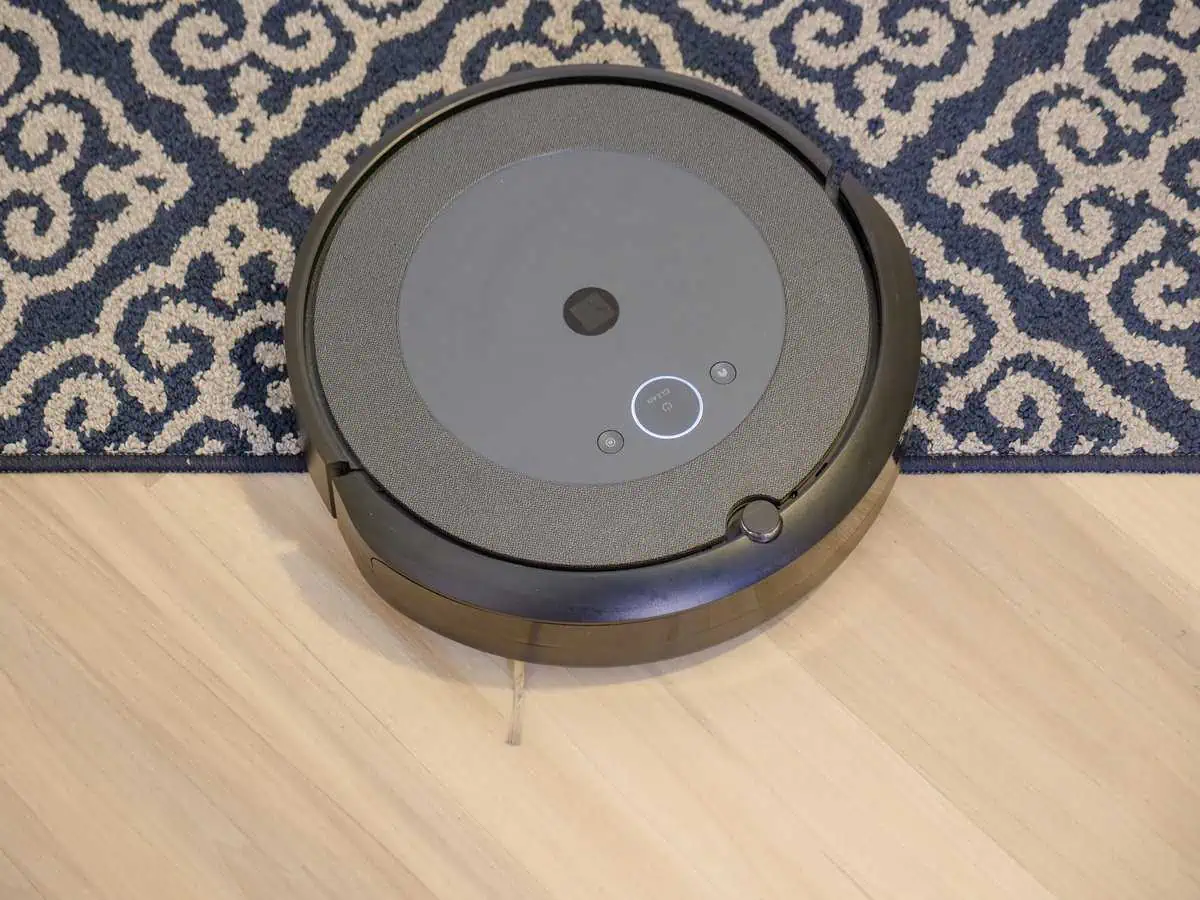
What is Smart Home Technology?
Smart home technology, also known as home automation or domotics, refers to the integration of various devices and systems within a household to enhance comfort, security, energy efficiency, and overall quality of life. It involves the interconnectivity of appliances, lighting, heating, ventilation, air conditioning (HVAC) systems, entertainment devices, and more, creating an intelligent ecosystem that can be controlled and managed remotely. From adjusting the thermostat with a smartphone app to setting mood lighting with a voice command, smart home technology empowers homeowners with unparalleled convenience and control.
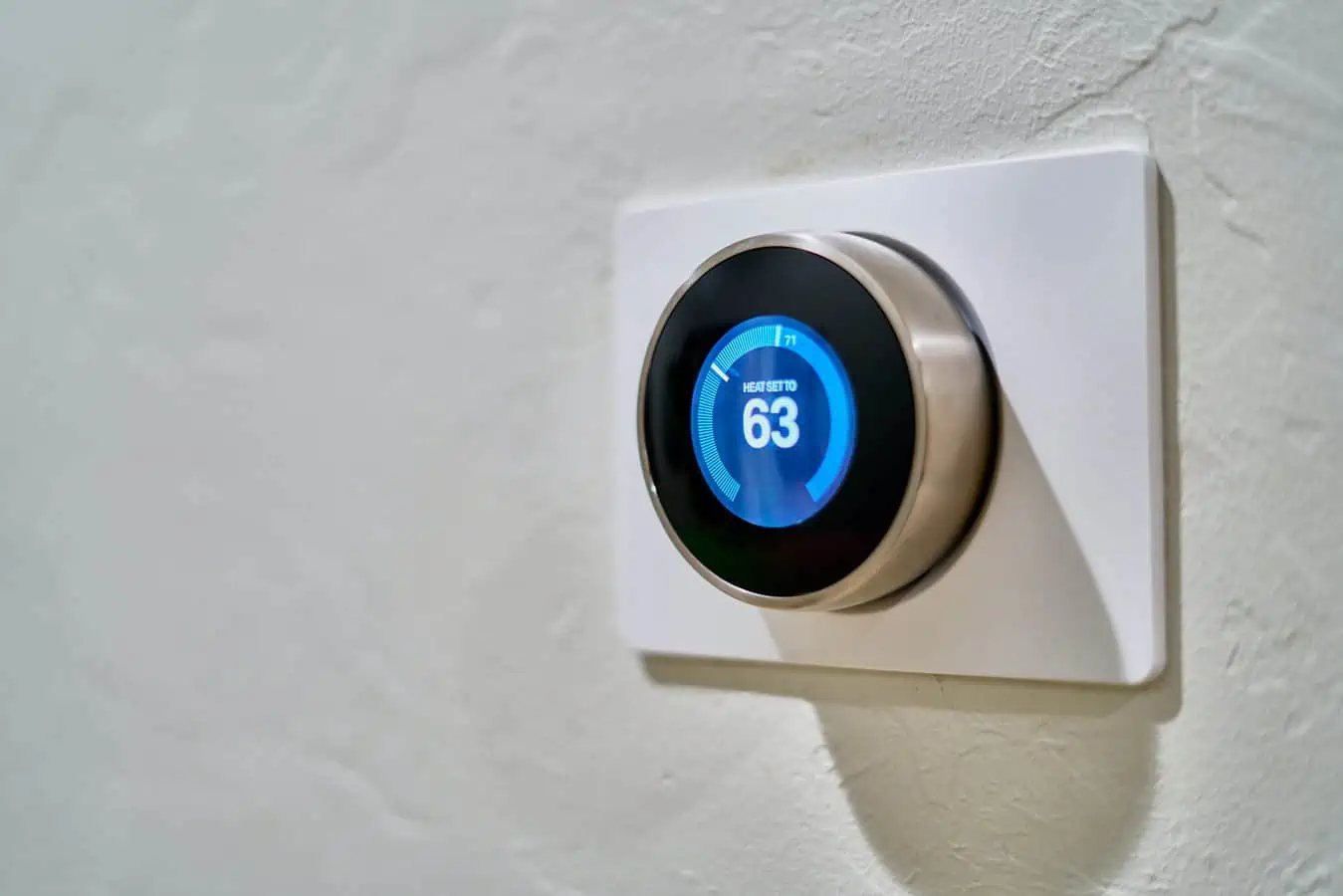
How Does Smart Home Technology Work?
To understand how smart home technology works, we need to dive into its underlying components. At the heart of this technology is a robust network infrastructure that connects devices and enables seamless communication. These devices, also known as smart devices, are equipped with sensors, processors, and wireless connectivity, allowing them to interact with each other and with the homeowner.
Smart home systems often rely on wireless protocols such as Wi-Fi, Bluetooth, Zigbee, or Z-Wave to establish communication between devices. This connectivity enables homeowners to control and monitor their smart devices using various interfaces like smartphones, tablets, voice assistants, or dedicated control panels. Additionally, cloud-based platforms and artificial intelligence algorithms play a significant role in analyzing data, learning patterns, and automating tasks based on user preferences.
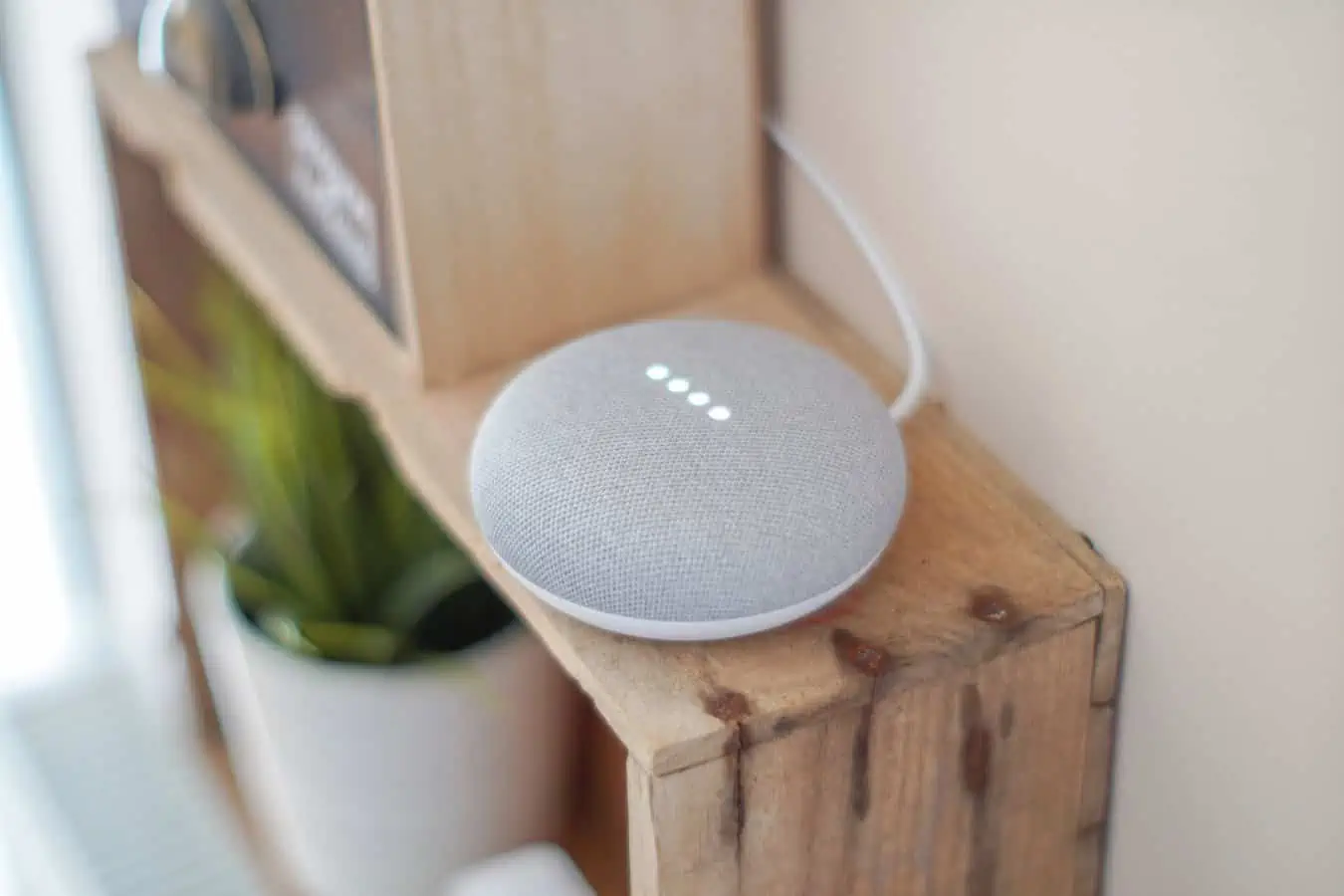
The Benefits of Smart Home Technology
1. Enhanced Convenience and Comfort
In a world where time is a precious commodity, smart home technology offers unmatched convenience. From remotely controlling appliances to automating repetitive tasks, homeowners can save valuable time and effort. Imagine waking up to the aroma of freshly brewed coffee, as your smart coffee maker automatically starts brewing at your desired time. With the tap of a button or a voice command, you can adjust the thermostat, dim the lights, or play your favorite music, creating the perfect ambiance without lifting a finger.
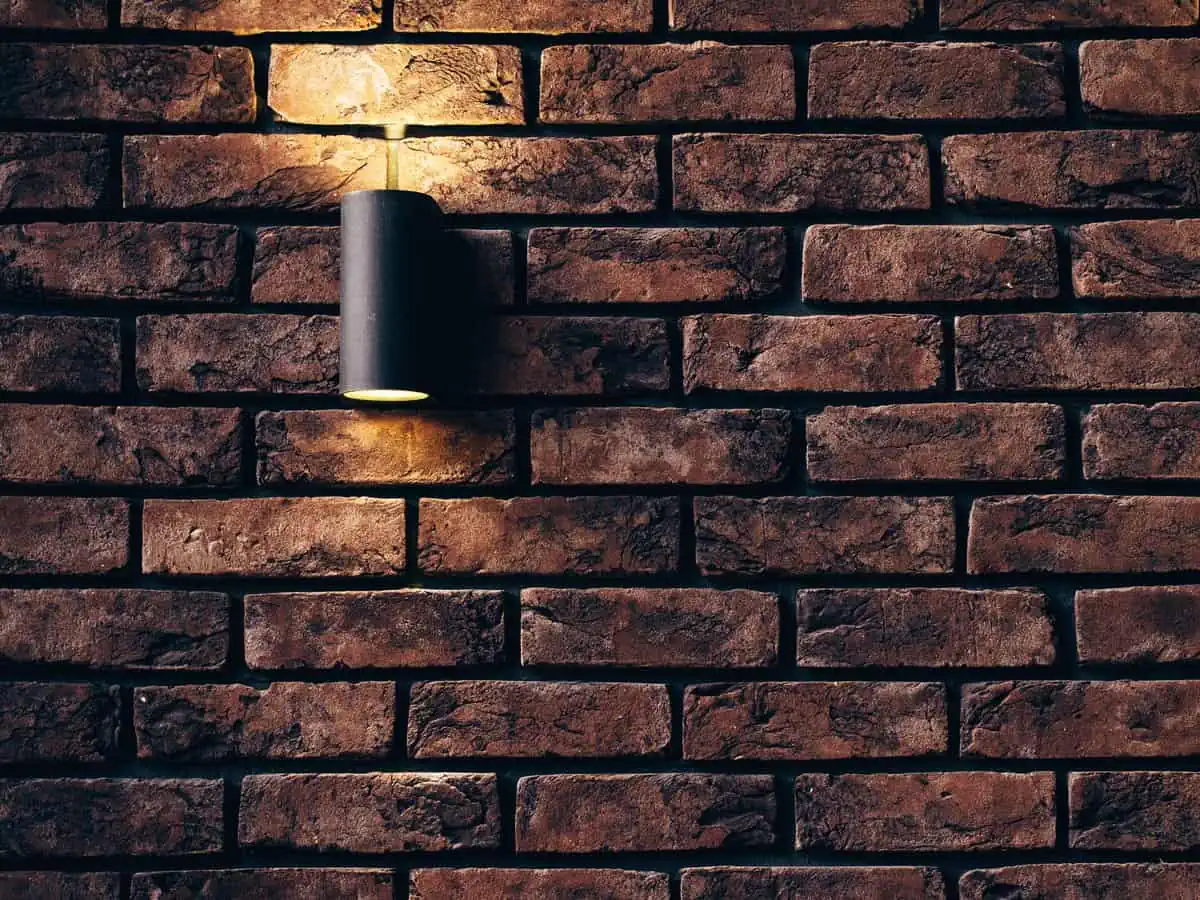
2. Improved Energy Efficiency
Smart home technology enables homeowners to optimize their energy consumption, leading to reduced utility bills and a greener footprint. With smart thermostats, lighting systems, and energy monitoring devices, you can effortlessly manage energy usage. For instance, smart thermostats learn your preferences and adjust the temperature accordingly, ensuring efficient heating and cooling. Automated lighting systems can detect occupancy and adjust lighting levels, preventing energy wastage. By tracking energy consumption patterns, homeowners can identify areas for improvement and make informed decisions to reduce their energy footprint.

3. Heightened Security and Safety
Security is a primary concern for homeowners, and smart home technology offers robust solutions to address these concerns. Smart security systems, including cameras, door locks, and motion sensors, provide real-time monitoring and alerts. You can access these systems remotely, keeping an eye on your property and loved ones while you’re away. Additionally, smart smoke detectors and carbon monoxide detectors can send notifications to your smartphone in case of emergencies, ensuring the safety of your home and family.

4. Seamless Entertainment and Connectivity
Gone are the days of tangled wires and complicated entertainment setups. With smart home technology, you can transform your living space into a multimedia hub. Smart TVs, streaming devices, and audio systems can be seamlessly integrated, allowing you to enjoy your favorite movies, music, and games with ease. Furthermore, smart speakers and voice assistants enable hands-free control, letting you navigate through entertainment options, answer queries, or even dim the lights, all with simple voice commands.
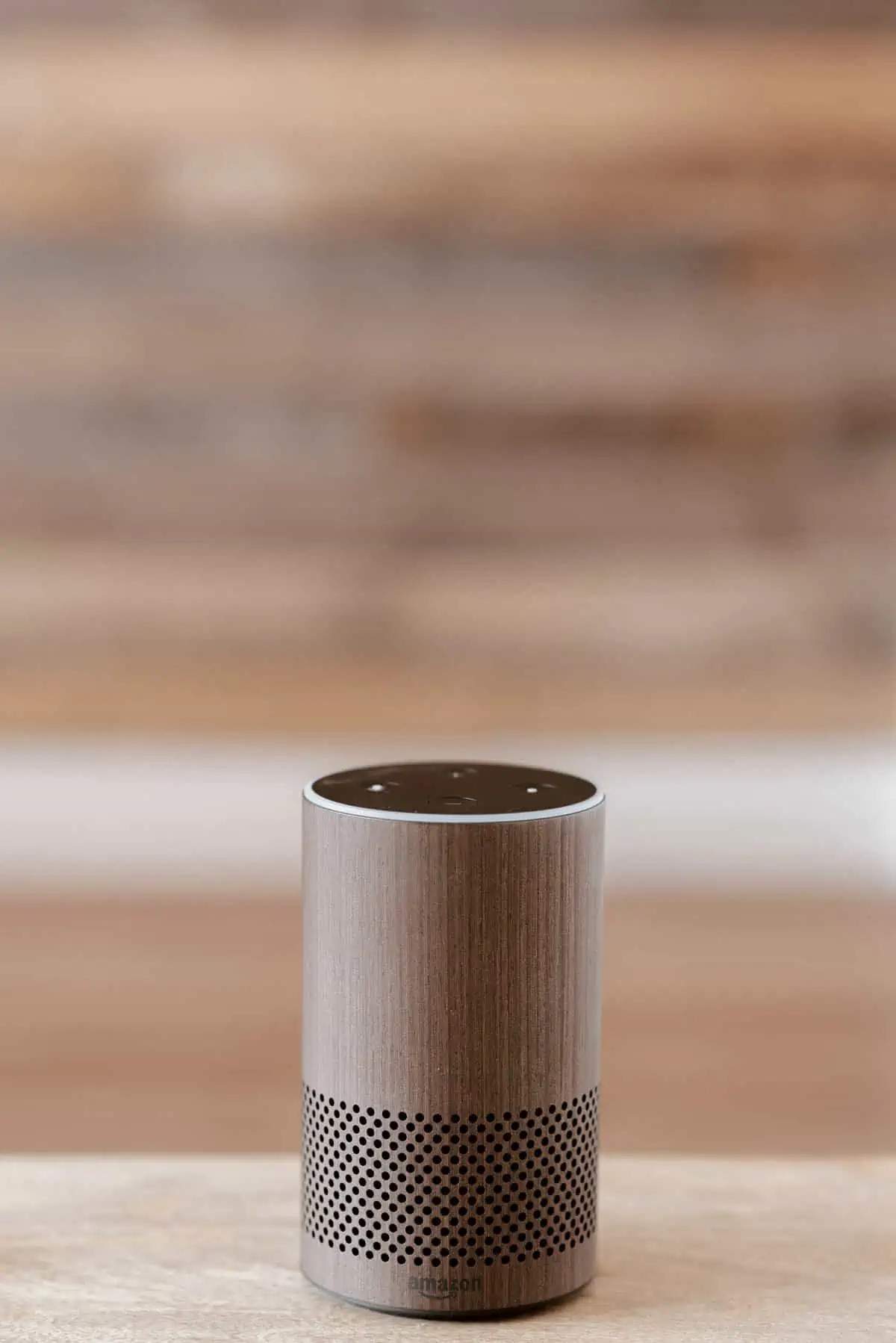
5. Adaptable Aging-in-Place Solutions
Smart home technology has immense potential to support the elderly or people with disabilities, allowing them to live comfortably and independently. From voice-activated controls to remote monitoring systems, smart home devices can assist with daily tasks, enhance safety, and provide peace of mind. For instance, smart medication dispensers can send reminders to take medication, while motion sensors can detect falls and alert caregivers or emergency services.

Conclusion: Embrace the Future of Living
Smart home technology has come a long way, transforming our houses into intelligent, futuristic spaces. With its countless benefits, including enhanced convenience, improved energy efficiency, heightened security, seamless entertainment, and adaptability for aging-in-place, smart home technology is here to stay. As technology continues to advance, the possibilities for a smart home are virtually limitless. So, why not embrace the future of living and embark on this exciting journey of home automation?
Remember, smart home technology concept is not just a buzzword; it’s a game-changer that can revolutionize the way we live. From managing our homes remotely to enjoying a personalized and efficient living experience, smart home technology has the potential to make our lives more comfortable, convenient, and secure.
Frequently Asked Questions
1. Can I retrofit my existing home with smart home technology?
Absolutely! Retrofitting existing homes with smart home technology is a common practice. Many smart devices are designed to be easily integrated into traditional homes without requiring extensive rewiring or renovations. From smart plugs and bulbs to retrofit smart locks, a wide range of options is available to upgrade your home intelligently.
2. Is smart home technology secure?
Security is a crucial aspect of smart home technology, and manufacturers prioritize safeguarding user data and privacy. However, it is essential to take precautions to ensure the security of your smart home. Always choose reputable brands, keep software up to date, use strong passwords, and secure your home network with encryption. By following these best practices, you can enjoy the benefits without compromising security.
3. Can I control my smart home devices when I’m away?
Yes, one of the key advantages of smart home technology is the ability to control and monitor devices remotely. As long as your smart devices are connected to the internet, you can access them from anywhere using dedicated apps or web interfaces. Whether you want to adjust the temperature, view camera feeds, or turn off lights, you can do so conveniently from your smartphone or tablet.
4. Can different smart devices from different manufacturers work together?
Interoperability is a significant consideration when building a smart home ecosystem. While devices from different manufacturers may use different communication protocols, many smart home systems are designed to be compatible with multiple devices. Platforms like Apple HomeKit, Google Assistant, or Amazon Alexa aim to provide a unified experience by integrating devices from various brands into a single interface. However, it is always advisable to check compatibility before purchasing smart devices.
5. How easy is it to set up and use smart home technology?
Setting up smart home technology varies depending on the complexity of the system and the devices involved. Some devices require simple plug-and-play installation, while others may require professional assistance or additional wiring. Most manufacturers provide detailed instructions and user-friendly interfaces to simplify the setup process. Once installed, controlling smart home devices is typically intuitive, with options ranging from smartphone apps to voice commands.
6. Are there any privacy concerns with smart home technology?
As with any connected technology, privacy is a concern that needs to be addressed. Smart home devices can collect and transmit data, including personal information and usage patterns. To protect your privacy, it is crucial to review privacy policies, disable features you’re uncomfortable with, and ensure your home network is secure. Regularly updating firmware and keeping track of the devices connected to your network can also help mitigate potential privacy risks.